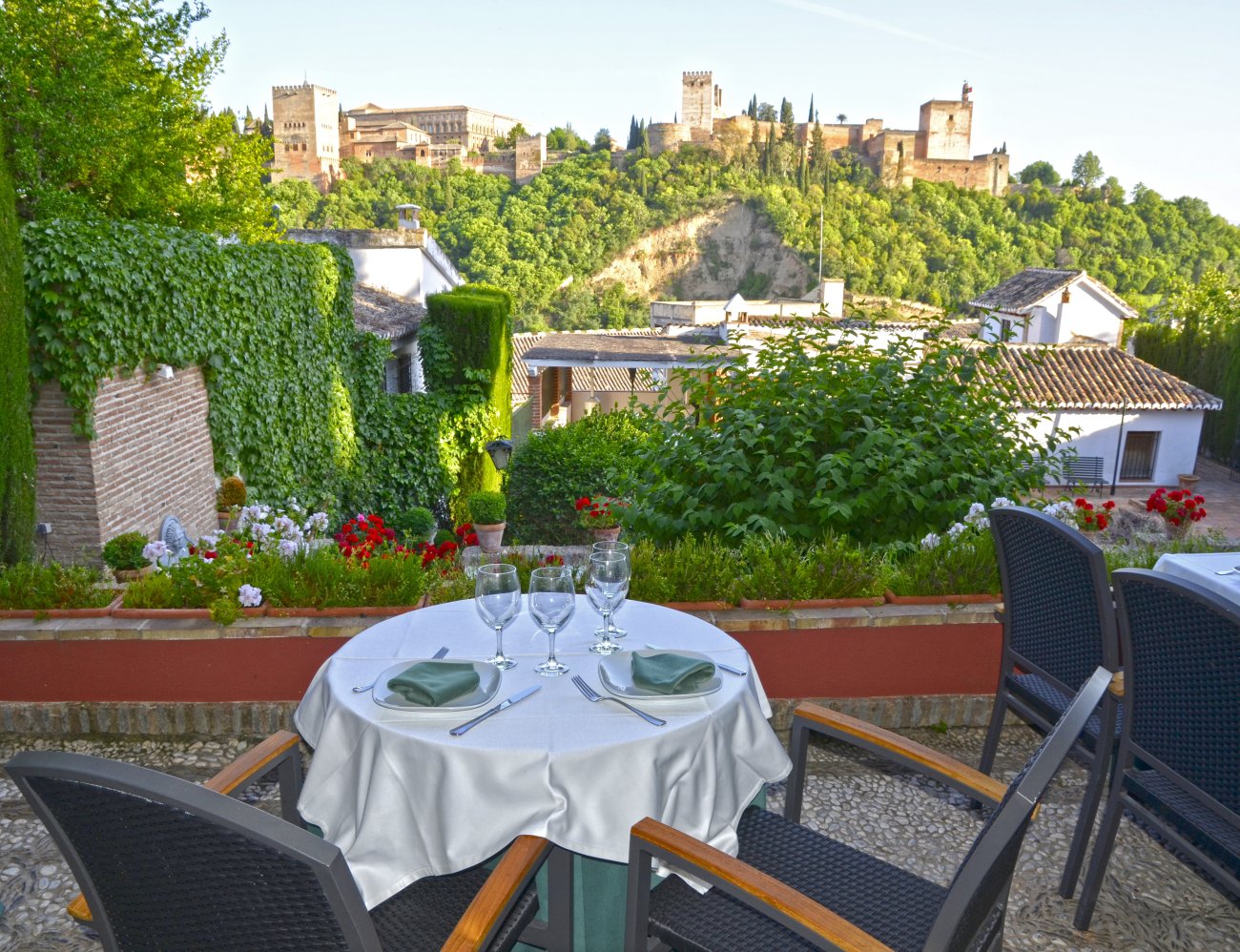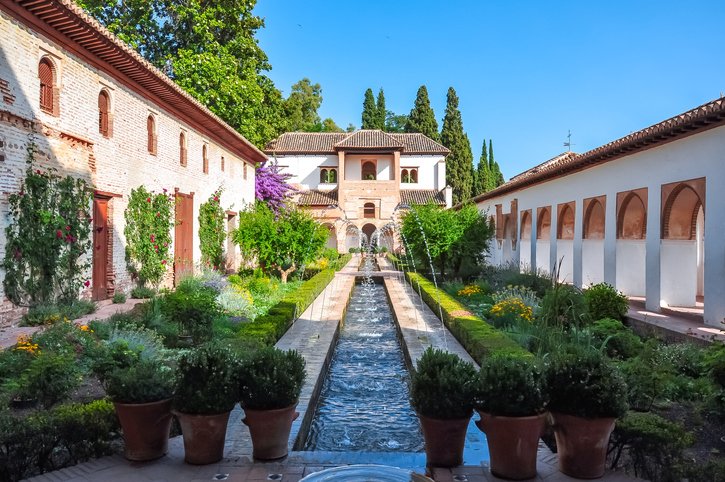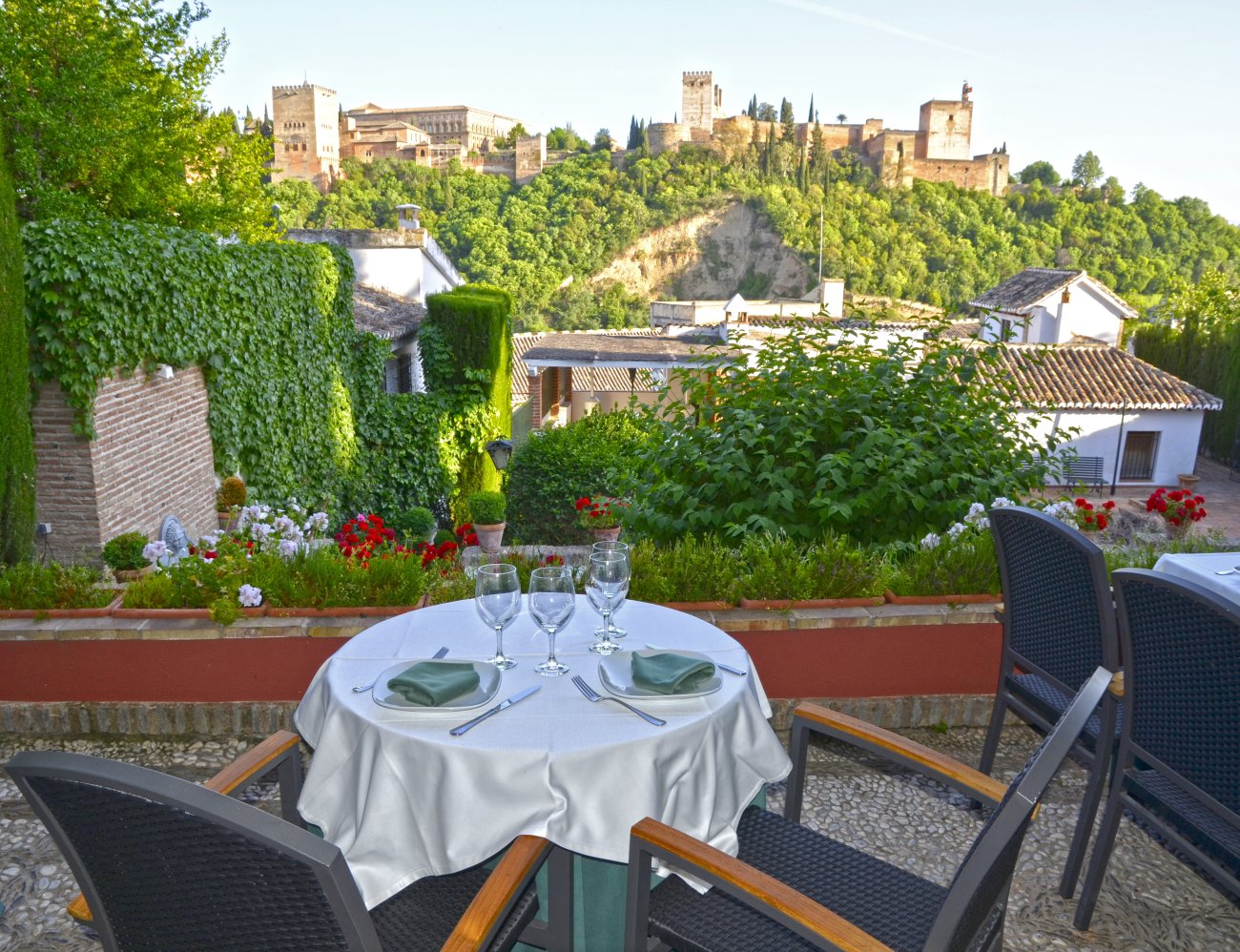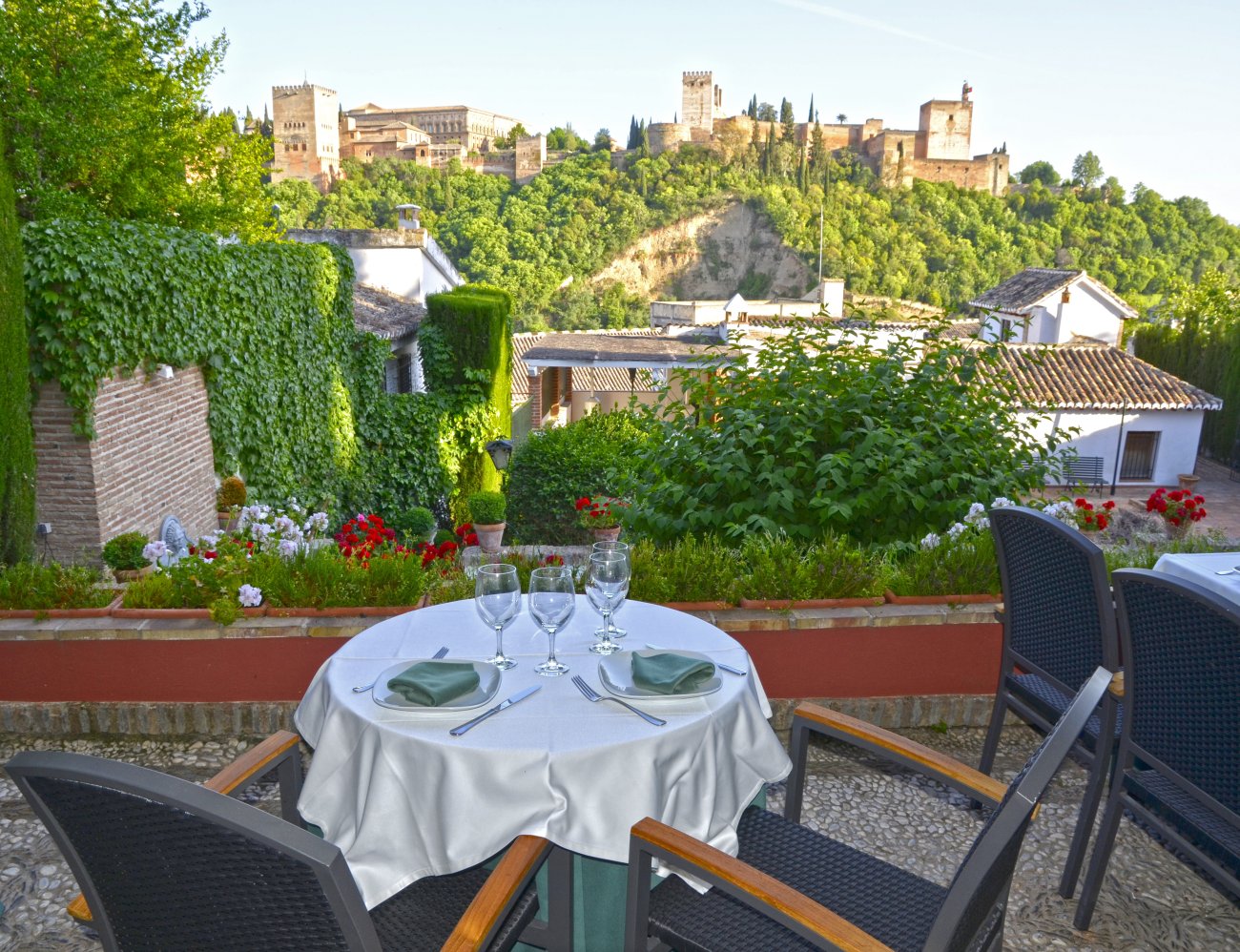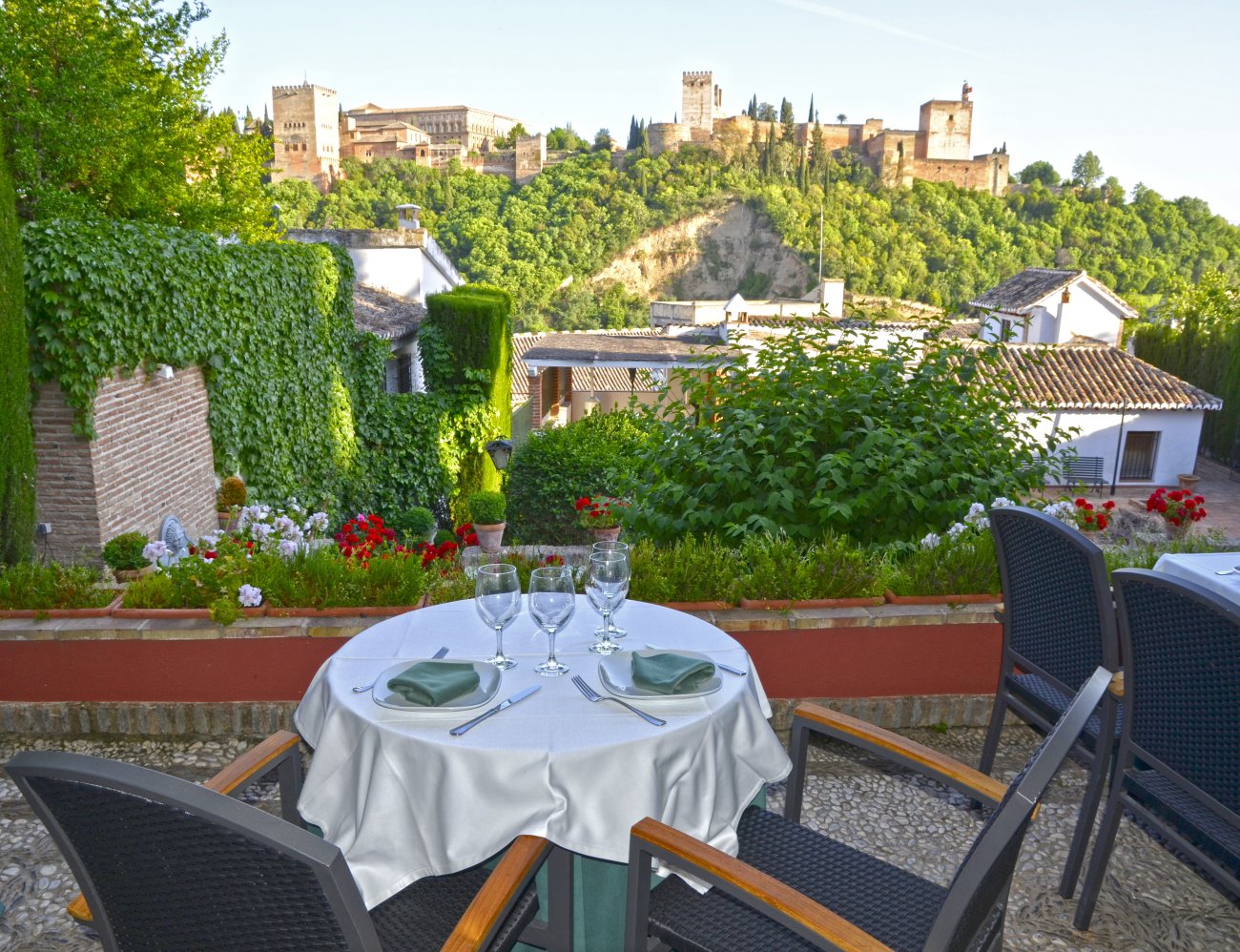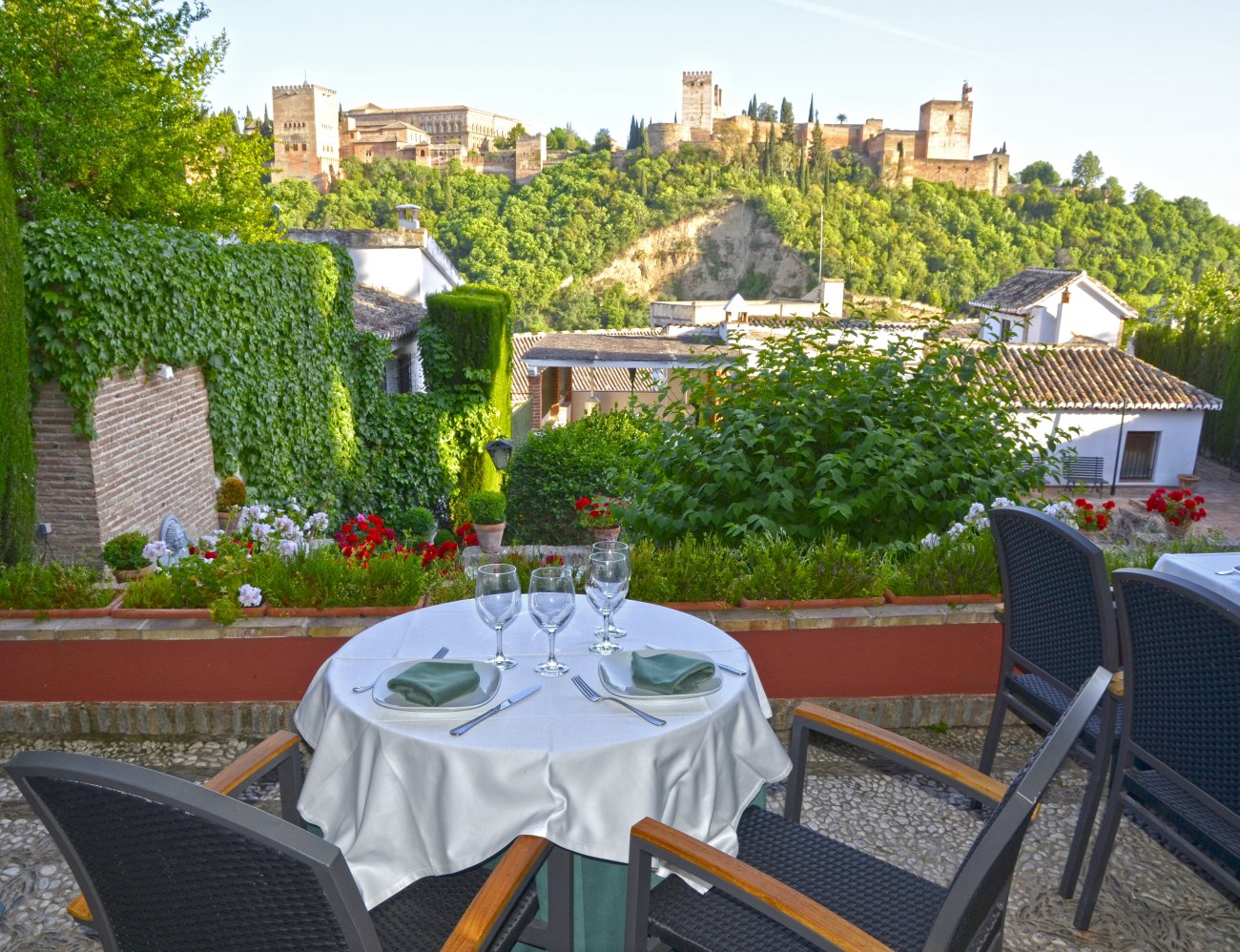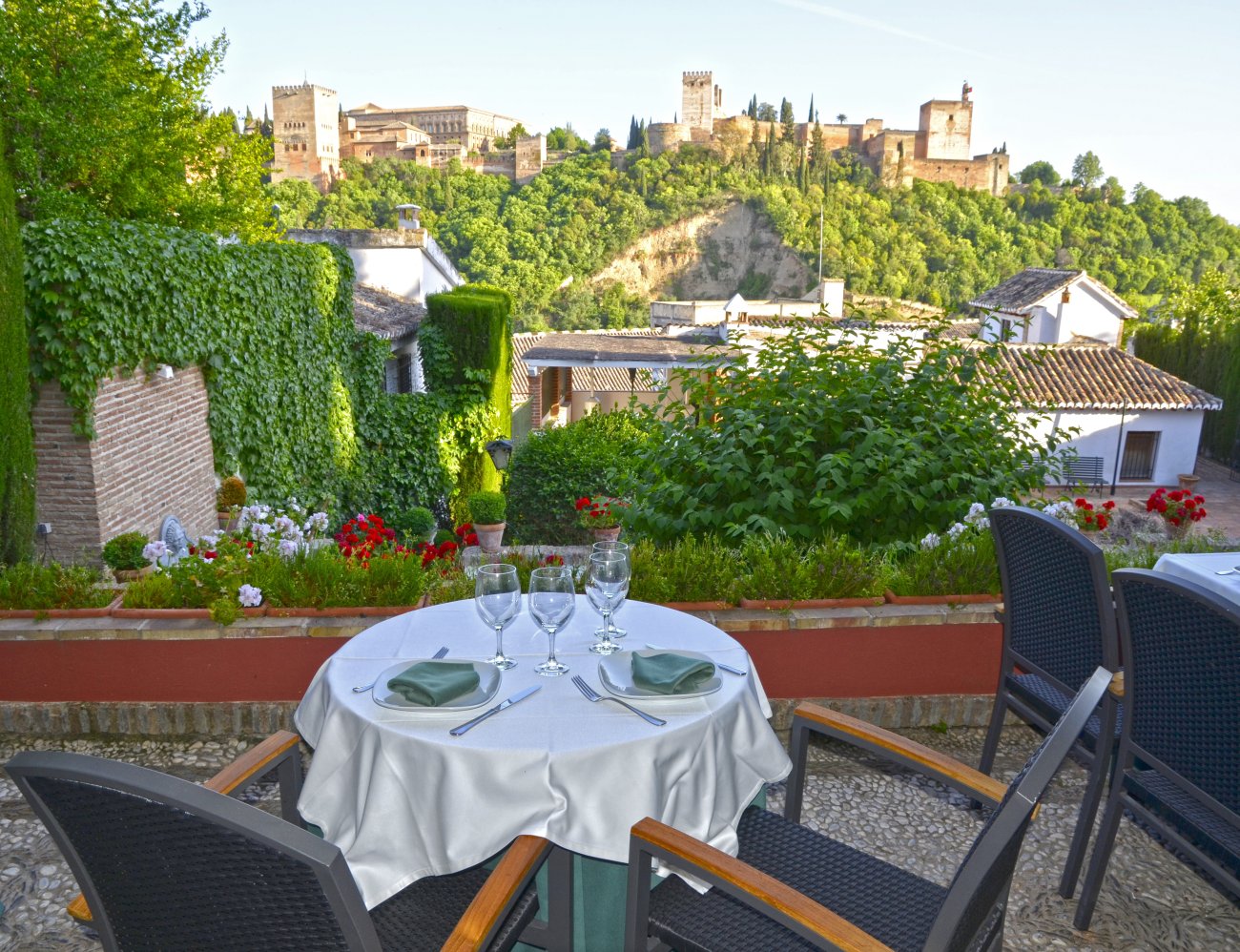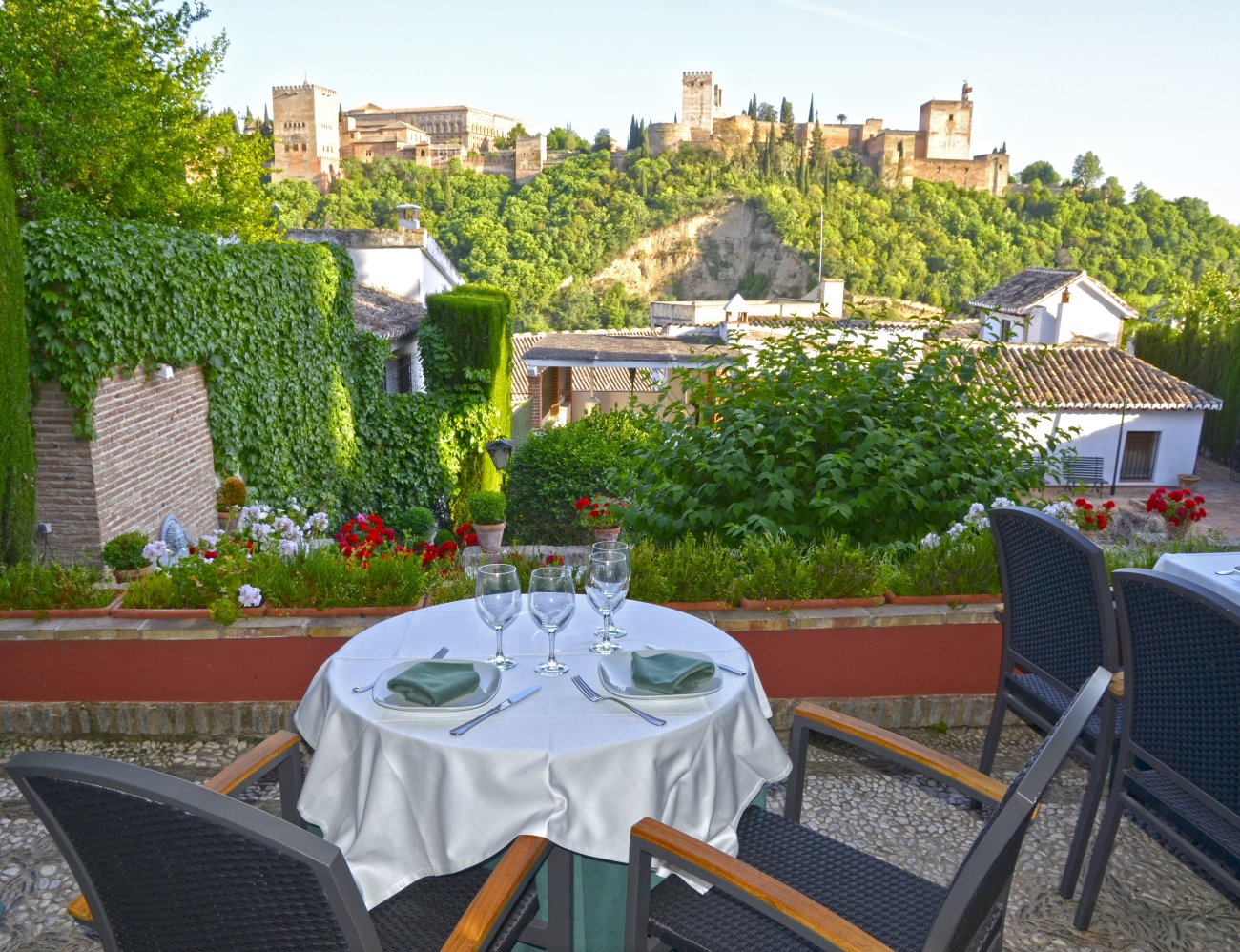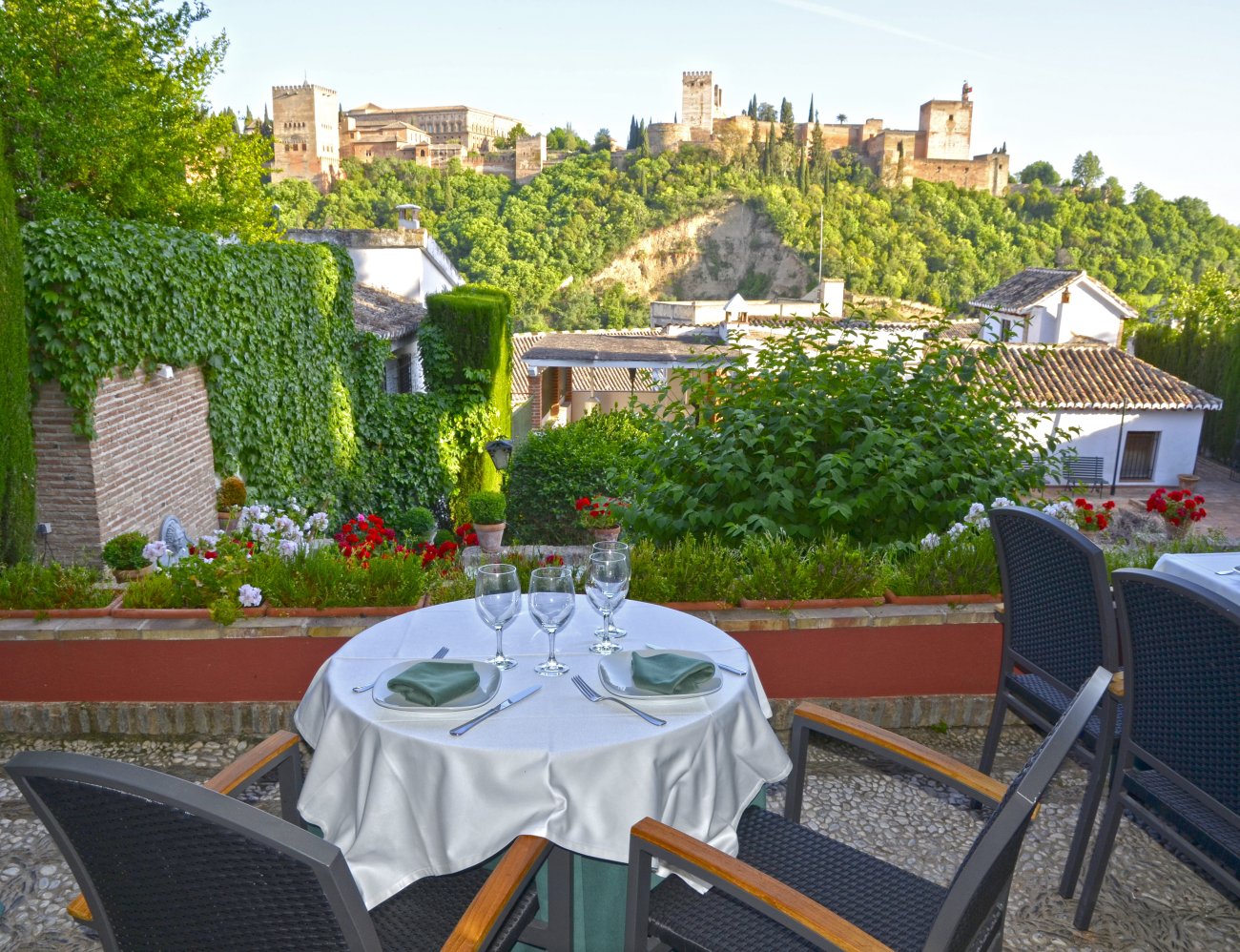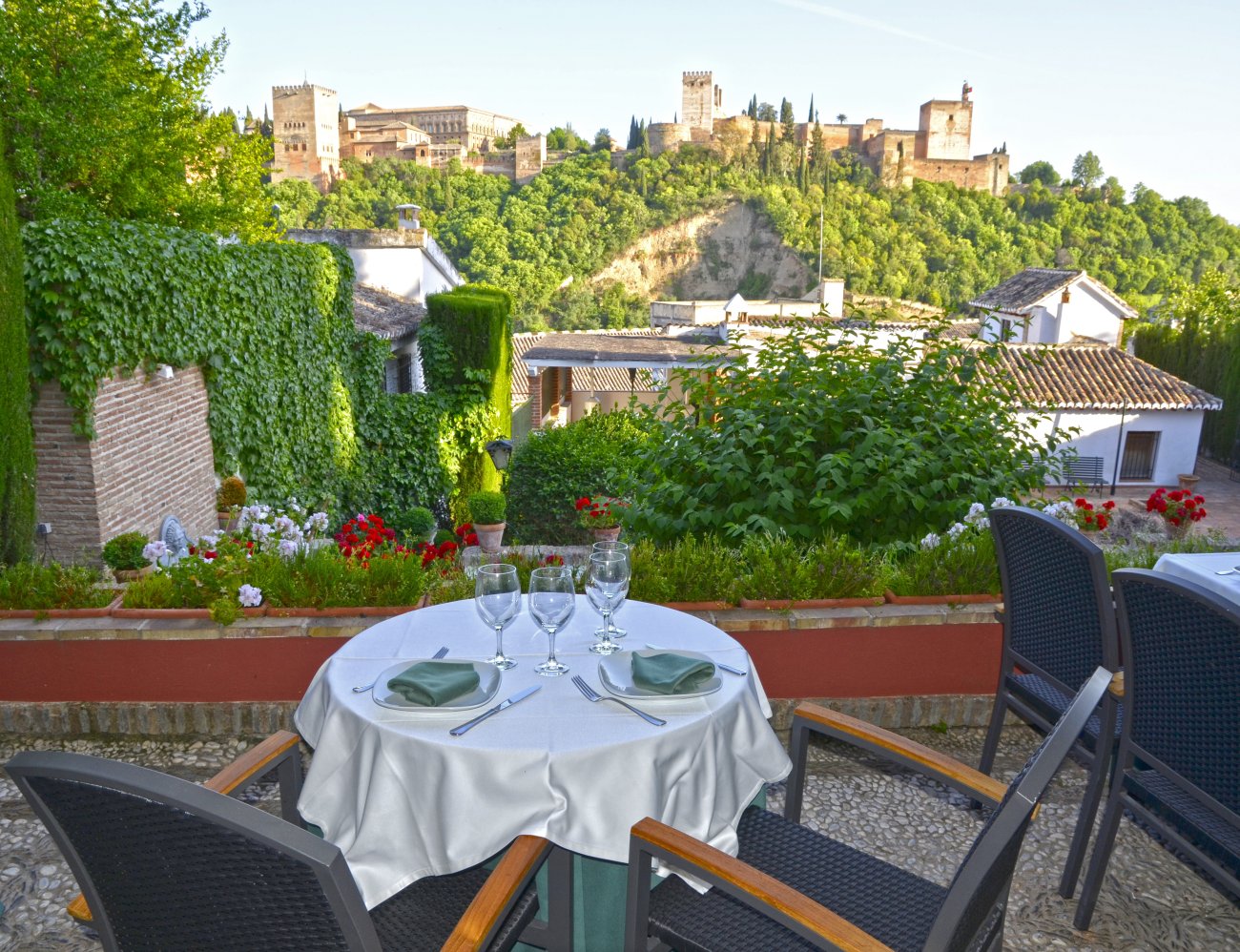The Generalife Gardens, along with the palaces and fortifications of the Alhambra, have been declared a UNESCO World Heritage Site and are one of the main tourist attractions in the region.
History
The Generalife Gardens date back to the 13th century, constructed as part of the Alhambra complex during the reign of Sultan Muhammad III of Granada. Originally, the gardens served as a place of recreation and rest for the Nazarí monarchs, providing a tranquil and cool retreat away from the bustle of the court.
The name "Generalife" comes from the Arabic "Jannat al-Arif," meaning "Garden of the Architect," suggesting that these gardens were intended to be a source of inspiration and creativity for the architects and designers of the Alhambra.
Design and Features
The Generalife Gardens are renowned for their geometric design, terraced levels, and abundant fountains and ponds. The garden layout reflects the principles of Islamic gardening, harmoniously combining water, vegetation, and architecture.
One of the most notable elements is the Patio de la Acequia, a central courtyard surrounded by columns and arches, named for the water channel that runs through the garden and feeds the numerous fountains and ponds. The sound of flowing water and the lush greenery create a serene and relaxing atmosphere that invites contemplation and reflection.
Cultural Importance
The Generalife Gardens are an exceptional testament to Islamic art and architecture on the Iberian Peninsula, symbolizing the cultural wealth of al-Andalus. Their beauty and carefully crafted design reflect the sophistication and creativity of the civilizations that created them, as well as their deep respect for nature and the environment.
Conservation and Tourism
The Generalife Gardens have been restored and preserved over the centuries to ensure their conservation and accessibility for future generations. Today, they are a major tourist attraction in Granada, welcoming thousands of visitors each year who come to admire their beauty and immerse themselves in their history and culture.
